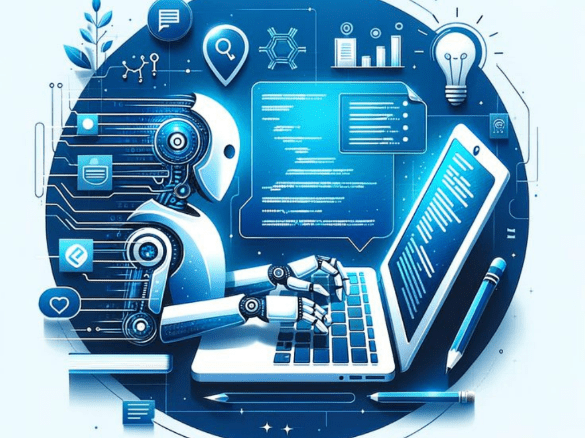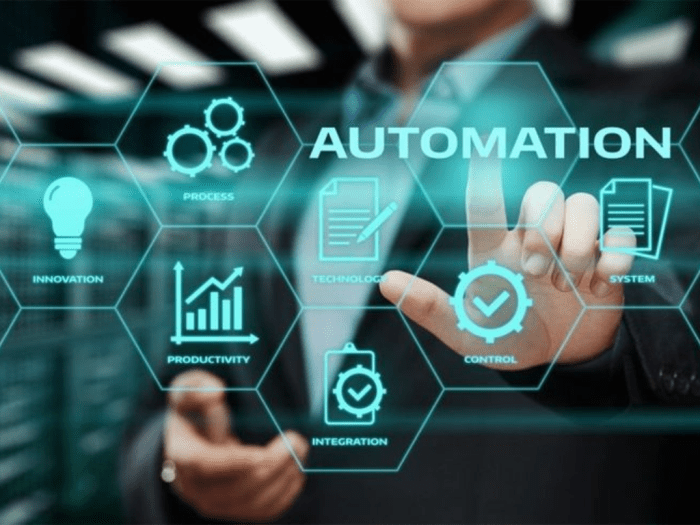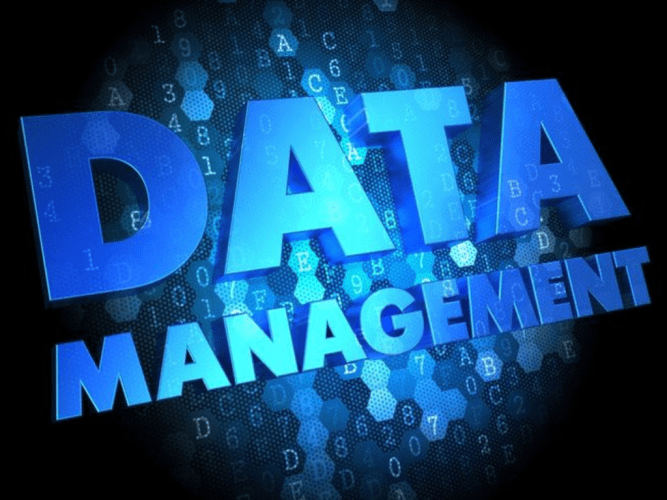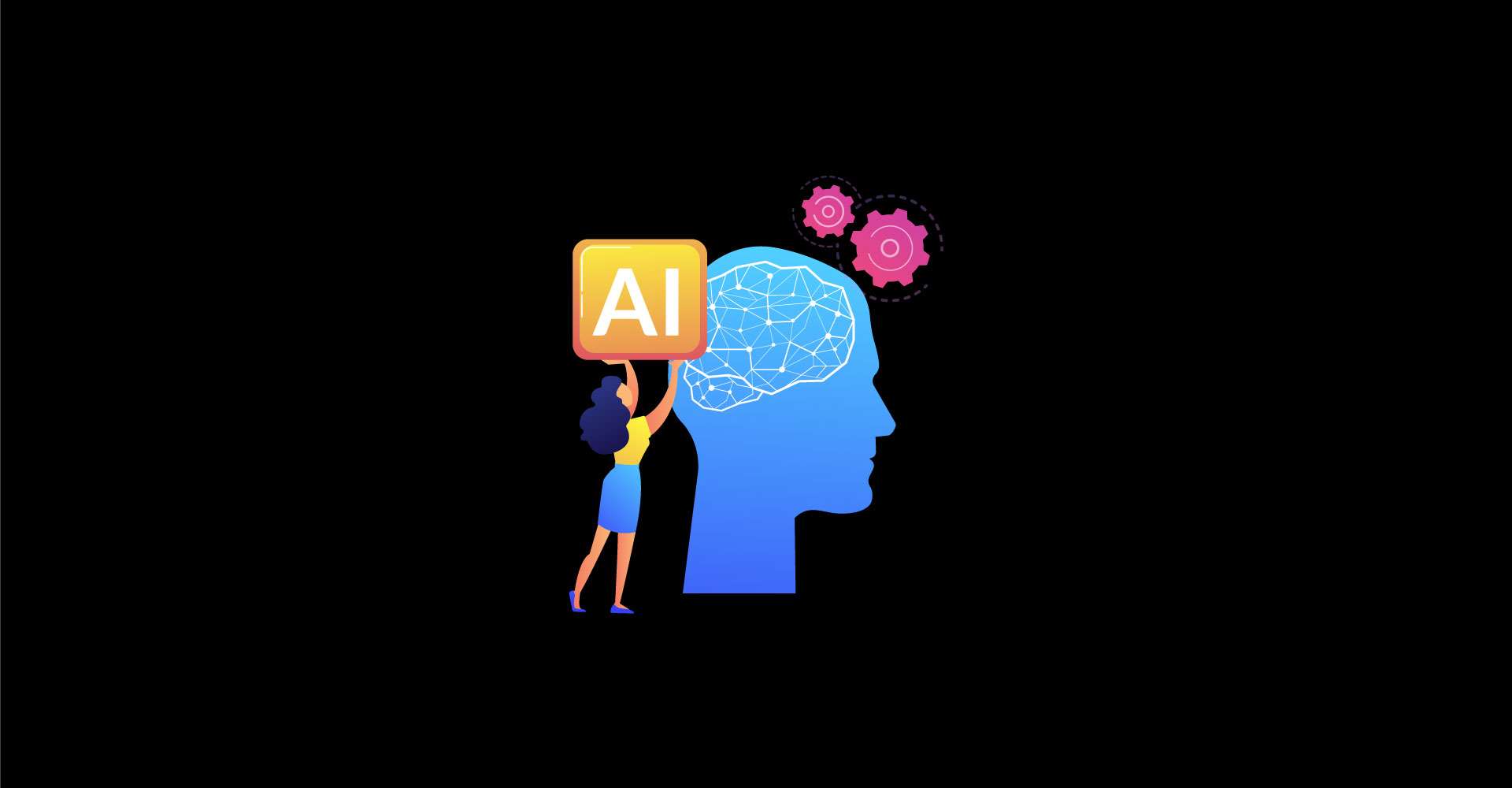AI in IT
Artificial intelligence (AI) has radically altered the information technology (IT) sectors by boosting precision, reliability, and originality. Being that AI can monitor threats and respond quickly to anomalies, it is widely employed in cybercrime to help secure sensitive data and systems. Chat bots powered by and virtual assistants oversee client inquiries, fix challenges, and minimize the workload for human IT support technicians.
AI also helps with predictive maintenance, which minimizes downtime by identifying system malfunctions and offering temporary solutions. AI helps with data analysis, allowing IT teams to optimize performance, support strategic decision-making, and extract significant data from vast databases. All things thought about, AI will enhance the intelligence, security, and adaptability of IT systems to full fill the demands of a swiftly evolving cyberspace.


IMPORTANCE OF AI in Information Technology
Cyber security
By spotting designs, AI eliminates data breaches and detects viruses and anomalies. Cybersecurity is the procedure to safeguard networks, devices, and data towards illegal consumption, illegal access, and security threats while upholding the availability, confidentiality, and integrity of data. Malware, social engineering, phishing, ransom ware, and shortcomings in linked systems are examples of frequent dangers.

IT Support Automation
Virtual assistants and AI chat bots assess customer issues. IT support automation is a way of performing IT support responsibilities, like handling tickets, fixing incidents, and filing service requests, without the need for human participation. It eliminates depend on human labour while reducing costs, boosting accuracy, and speeds up response times.


Predictive maintenance
Maintains a watch on systems to prevent errors and prevent downtime. To be able to forecast equipment degradation and figure out the most effective time for maintenance before an actual failure occurs, predictive maintenance (PdM) is a preventive strategy to equipment maintenance that uses historical and real-time data, often collected through IoT sensors, analytics, and machine learning.
Data management
AI enhances decision-making through assessing extensive data sets to recognize connections. For optimal reliability, convenience, and economy, data management is the all-encompassing discipline of gathering, arranging, safely storing, and using data at every stage of its duration. Rules, procedures, and technologies that support governance, quality control, disaster recovery, compliance, and data collection and integration are all part of the process of developing data into an accurate asset which enables actionable insights and well-informed decision-making.


Process Automation
- Automation of routine tasks: Routine task automation is the process of using technologies like robotic process automation (RPA), artificial intelligence (AI), and machine learning, to execute out time-consuming, repetitive tasks with little to no human assistance. Data entry, report production, software updates, customer service responses, and other trusted processes are frequently included in these duties.
- Reduced human error: Reduced human error signifies the idea that people make less errors when carrying out tasks by hand, and typically happen because of complexity, ignorance, or restlessness. Organizations can increase accuracy and consistency in activities like data entry, computations, decision-making, and system monitoring by utilizing technologies like artificial intelligence (AI), automation, and elaborate software systems.
- Increased productivity: Increased productivity is the end result of tasks, processes, or operations operating more smoothly and creating more output in a given amount of time. Automation, workflow optimization, and technology are often employed for doing this.
Threat Detection
- Threat detection in real time: Threat detection in real time involves to the ability that the latest advancements, such as artificial intelligence (AI), machine learning, and cyber security tools, to spot and respond to potential hazards or malicious activity as soon as they emerge. Unlike delayed analysis, real-time threat detection continuously scans networks, systems, and data flow to quickly spot unusual trends, illegal access, or hacking attempts.
- Preventing fraud: The implementation of techniques, appliances, and monitoring systems that detect, prevent, and prevent dishonest or illegal acts like identity theft, financial scams, and data manipulation is known as fraud prevention.
- More rapidly incident response: “More rapidly incident response” refers to a company’s capability to spot, evaluate, and rapidly reduce security breaches, system failures, or technical problems. Real-time incident detection and prompt action to reduce downtime and possible damage can be achieved through automation, artificial intelligence (AI), and advanced monitoring tools.

Cloud Computing and Infrastructure
- Cost-effectiveness: The method of analysis of assessing the relative costs and outcomes of multiple choices to figure out which provides the most benefit at the lowest cost is known as cost-effectiveness. In processes like data entry, calculations, decision-making, and system monitoring, organizations may boost accuracy and consistency by utilizing technologies like artificial intelligence (AI), automation, and complex software systems.
- Scalability: Scalability is the ability of a system, organization, or practice to react to shifting (or decreasing) demand while maintaining or even improving performance, efficiency, and dependability. This refers to ensuring that databases, networks, or applications continue to operate properly as user loads or data volumes rise in the context of technology.

Software Development & Testing
- AI-assisted coding: The use of artificial intelligence tools, notably large language models (LLMs) and machine learning algorithms, to help or enhance the software development process is recognized as AI-assisted coding. These tools help developers by refactoring code, detecting bugs, suggesting fixes, featuring context-aware auto completions, generating code from natural language prompts, and even generating documentation or tests.
- Automated testing: Automated testing is the process of using specialized software tools to run pre-written test cases on an application automatically, without human intervention, to ensure that it behaves as intended. It allows it easier to quickly and precisely detect bugs, performance issues, and functional errors in a range of settings.
- Bug detection: spotting errors, bugs, or weakness in software code that may give rise to a program malfunctioning, offering incorrect outcomes, or creating security risks is known as bug detection. In order detect problems before they affect users, it entails diligently going over code using techniques like debugging, automated testing, static code analysis, and runtime monitoring.

Enhanced User Experience
- Personalization: Personalization is the innovative process of customizing products, services, content, or interactions to each user individually by using artificial intelligence to assess their unique preferences, behaviours, and context. It also allows scalable, automated customization that adapts in real time as the user experience alters in addition to rising sales, engagement, and loyalty.
- Voice & NLP-based interfaces: Combining the application of speech recognition, natural language processing (NLP), and speech synthesis, voice and NLP-based interfaces facilitate users to engage with computers by using spoken language. This enables for hands-free, conversational communication.
- 24/7 support: 24/7 support is a service model where users can get help wherever they need it, seven days a week, and all year long, regardless of the time zones or holidays. Clients applying this model can get real-time, 24/7 support with any inquiries, challenges, or demands. It usually combines human agents working across shifts, chat bots based on artificial intelligence, and self-service features like knowledge bases and frequently requested responses to make sure on going responsiveness and consistency.

Strategic Business Advantage
- Competitive edge: A specific advantage that enables a business beat its rivals in the marketplace is known as a competitive edge. It is caused by unique features which enhance a business’s appeal and earnings, such as cost leadership, product differentiation, innovation, strong branding, excellent client service, proprietary technology, or exclusive access to resources.
- Cost reduction: The systematic means of identifying and minimizing non-value-adding or unnecessary expenses within an operation with an end goal of increasing efficiency and revenue while preserving or even boosting the levels of the products or services—is also designated as cost reduction.
- Future-readiness: Future-readiness is the proactive capability of an organization to prepare for, anticipate, and modify for external shifts such as changes in the market, technological advancements, and shifting customer demands—before they are formally feasible. It applies innovation, agility, and an in-depth understanding of emerging trends to combine long-term strategic foresight with short-term adaptability in order to not only withstand uncertainty but also grab opportunities and establish sustainable growth.

To sum up, artificial intelligence (AI) currently has an impact on the information technology (IT) sector, affecting how companies operate, generate new products, and offer services. Artificial intelligence (AI) helps businesses boost productivity, reduce costs, and provide particular user experiences by promoting automation, predictive analytics, enhanced safety, and intelligent decision-making. Artificial intelligence (AI) has shifted the IT landscape through supporting cloud computing and data management, automating IT operations, ensuring cyber security, and establishing smarter, faster, and more accurate systems. Implementing artificial intelligence into IT will remain critical as technology expands in order to bring about digital transformation and ensure an edge over others in modern society.

No Comments